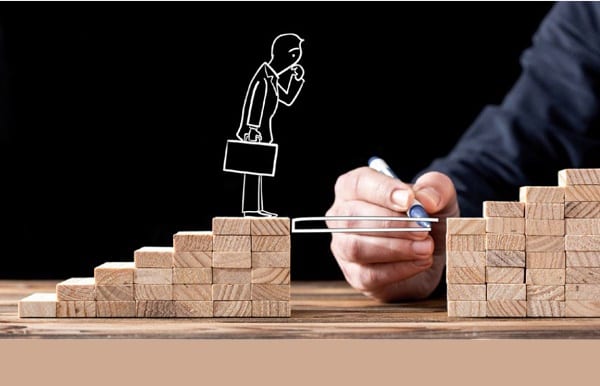by Pete Grigaliunas, owner, Laser Exhibitor Service of Chicago, Inc. & Bob Hughes, Our Hughes Group
… we may be frequently in error but rarely in doubt …
… if we have a brain, we have bias, scientific research had identified more than 125 inherent biases …
Humans beings are a social species and need positive interpersonal engagement. Our current methods of planning and organizing our tradeshows into show floors, general sessions and breakout sessions may still work, but research hints that outcomes may benefit from reframing our events in a more brain-friendly framework.
Freed from the overarching need to generate leads, (in some organizations lead generation has been absorbed by digital marketing) tradeshow organizers, attendees and exhibitor/sponsors have a once-in-a-career opportunity to minimize the downside risk of a strategic shift in their event framework.
A way to begin the reframing process would be to revisit each stakeholder’s business definition of success: the audience, organizer and the sponsor (revenue, sales, networking, industry knowledge, solutions, etc.).
This shared understanding could frame the flow, structure and design to increase our brain functionality at event. The goal of planning with brain awareness is to minimize each group’s costs and exceed current outcomes. We do this by increasing engagement and reducing distraction. Key to the process is designing an experience to reduce our threat state. Our brain activates this condition unconsciously when we engage with something new, unexpected or out of the ordinary. Our brains often over respond when introduced to a new product, service, salesperson or administrative process without adequate preparation. Our brain shuts down as it is flooded with a fight or flight brain chemistry response. Not by choice but by a deeply ingrained need for survival. If scenario does not resonate for you, it may be because we are also inherently drawn to new. Research shows both responses are inherent and have been necessary to our survival.
Our brain is a highly developed predicting machine. The intent of our reframing is to design a new framework that redirects our inherent brain reactions towards engagement. Doing so our brain has the chance to move from resistance to understanding to trust to change.
Intentionally shifting lead-generation from event marketing to digital marketing may be enable a new way of planning and designing events and tradeshows. (Don’t forget our response to this new idea may also be initially negative since it may be experienced different and upsetting)
But let’s remember as we return to idea of tradeshow and event success no manner how a new idea, solution or lead is generated, it requires development. This process requires sorting, nurturing and time, to be developed into value. This process is expensive, time-consuming, unpredictable and, quite frankly, often ignored or discarded.
So, if we were to reduce event logistical expense, we could redirect those resources to building engagement. By reducing our negative reaction to follow-up (both the seller and buyer) and enabling creative discussion, our value experience may increase. Imagine outcomes with less frustration and higher close rewards. Our process could shift from avoidance to engagement. Building context and engagement through familiarity. Context and familiarity have been proved to reduce the threat (fight or flight) response and increase engagement.
But nothing will change unless everything is changes. Mindset, strategy, tactics, incentives, implicit and explicit, structure and compensation will all need to be reviewed at some point as they are completely interconnected.
If we were to begin, we might start by looking at lessons learned during the pandemic:
What was reported to work when meeting virtually:
Presentations (primarily one, many or a few) seemed to be “good enough”— saving time, travel and hosting expenses. Timing for recording and broadcasting was flexible and could be spaced as needed.
What seemed to not work so well:
- Personal, conversation-based communication (primarily one-on-one, face-to-face communication), discussions, sales, networking, socializing and random discovery suffered meaningful attenuation in virtual.
- Virtual presentations (even with audience feedback) are akin to emails: uni-directional messaging received without the necessary nuance (the audience does not dare to ask a question and therefore may assume a message without proper context)
Now imagine events methodically designed to reveal the aforementioned:
- Creativity
- Communication (empathy and understanding context)
- Copying (mentoring, agreeing to spoken and unspoken norms)
- Cooperation (creating a shared social reality in relationships, from building a better supply chain to sharing a ride)
- Compression (summarizing abstract thought and meaning, understanding, engagement and non-verbal communication
This strategic shift hints at some possible reframing.
What would need to happen to look a new at time, content, delivery modality, sequencing and logistical framing
We could revision and reframe the needs of everyone (sponsor, exhibitors, attendees, presenters, organizer, and entry level, middle and senior management) and design towards success for everyone.
For more info or to download their Brain-Based Event Planning Workbook, visit www.ourhughesgroup.com. To read Part 1 of this series, visit https://exhibitcitynews.com/face-to-face-events-reframed/






























